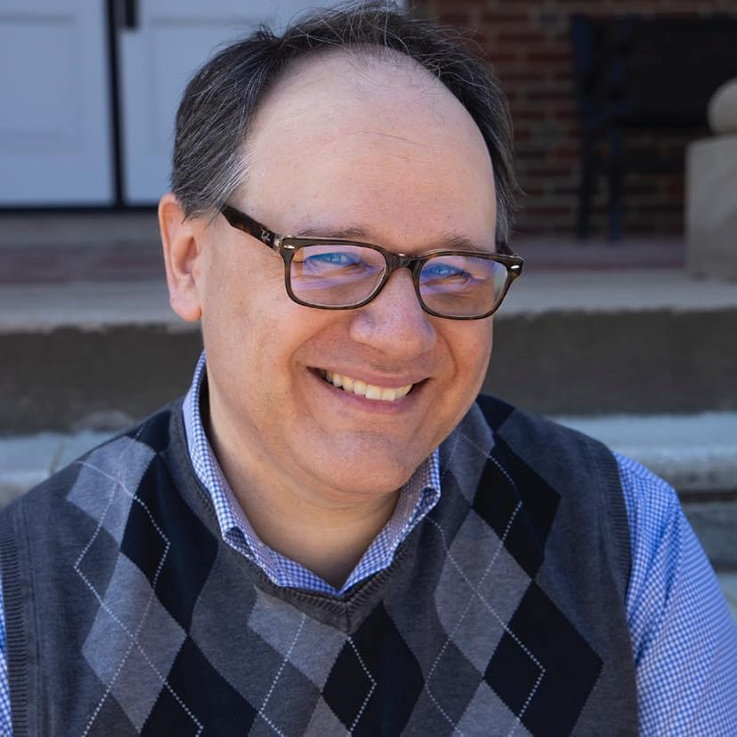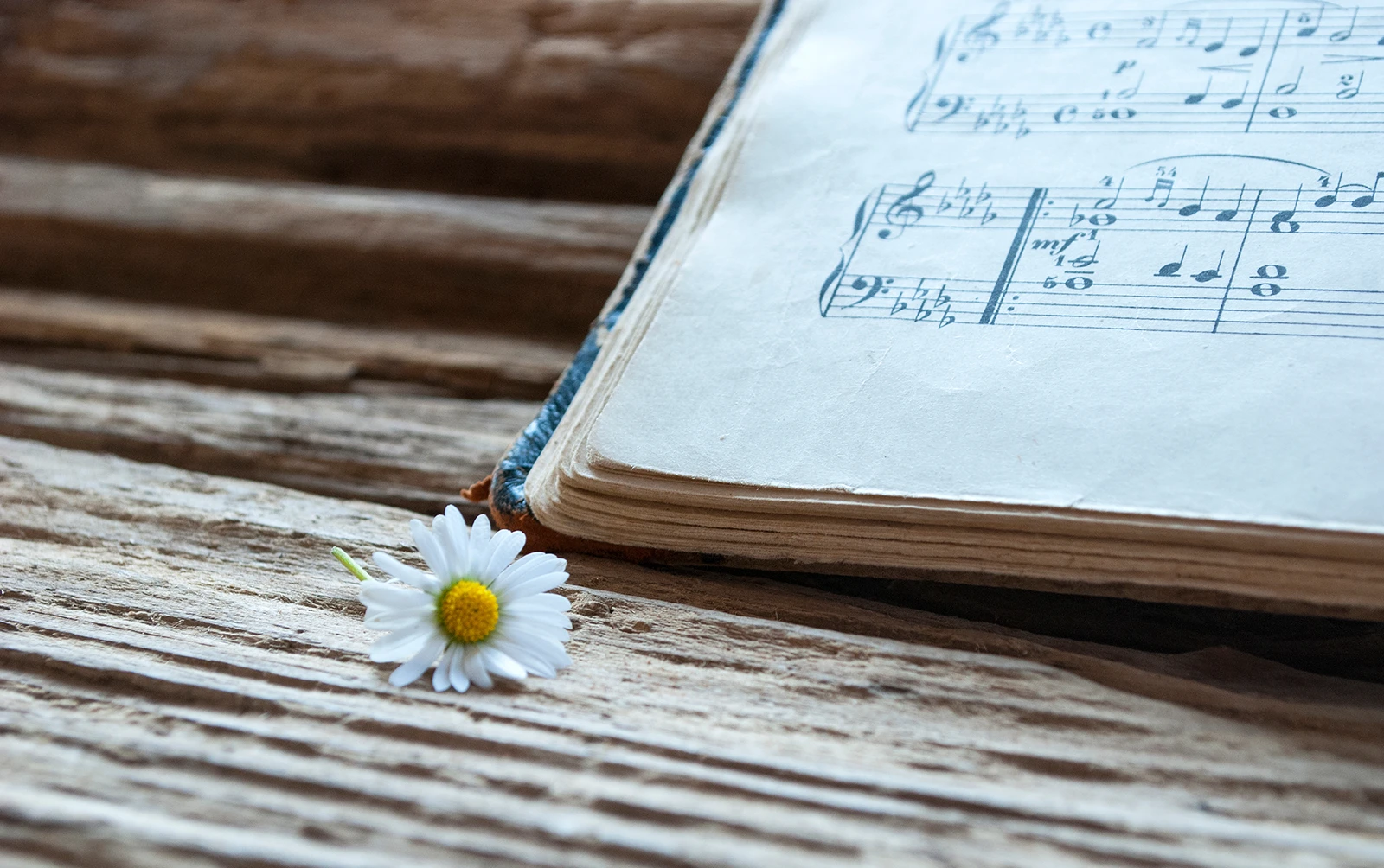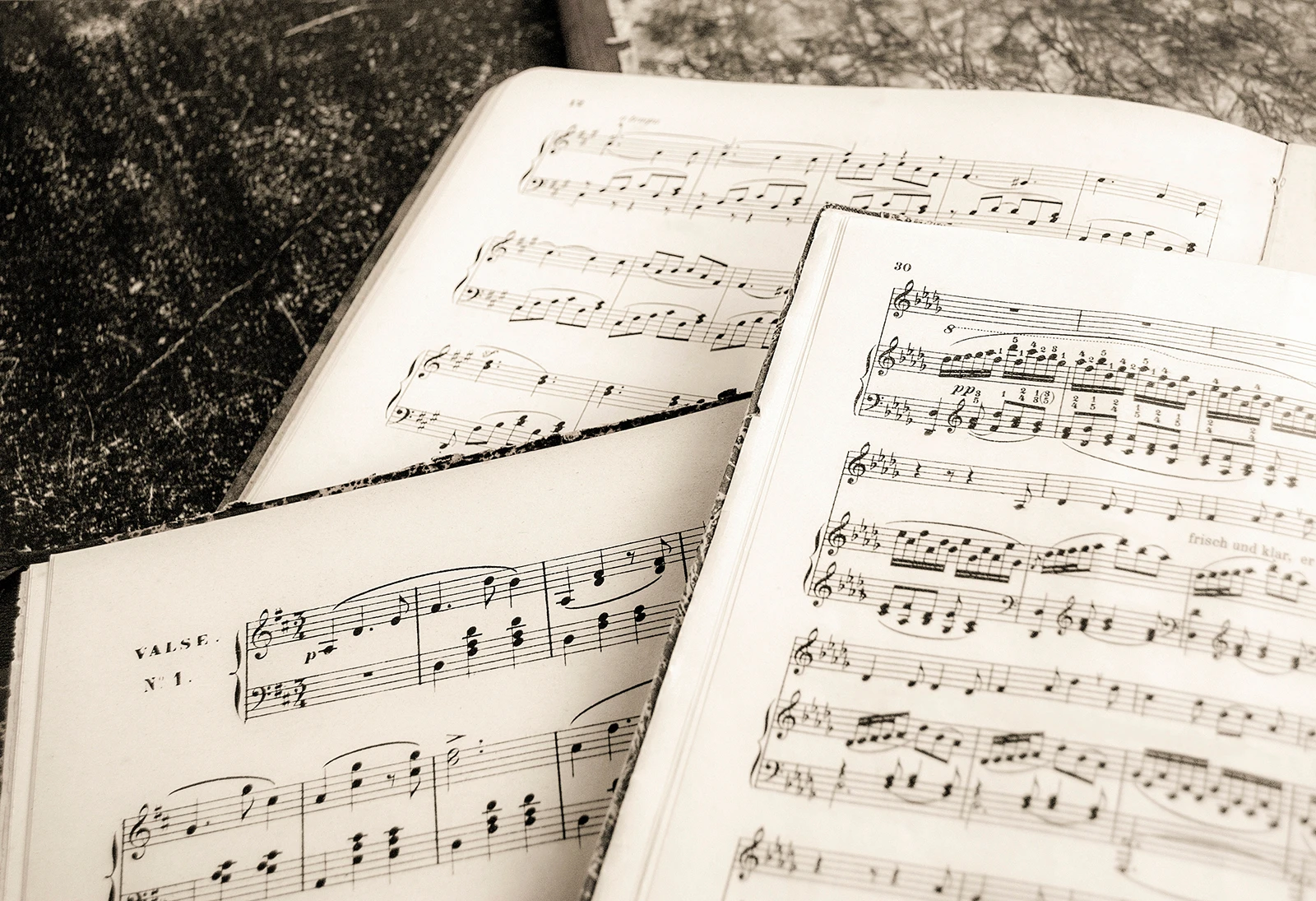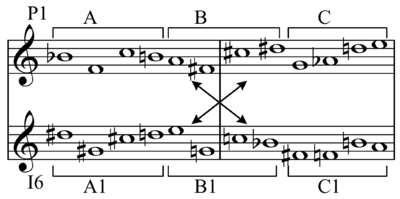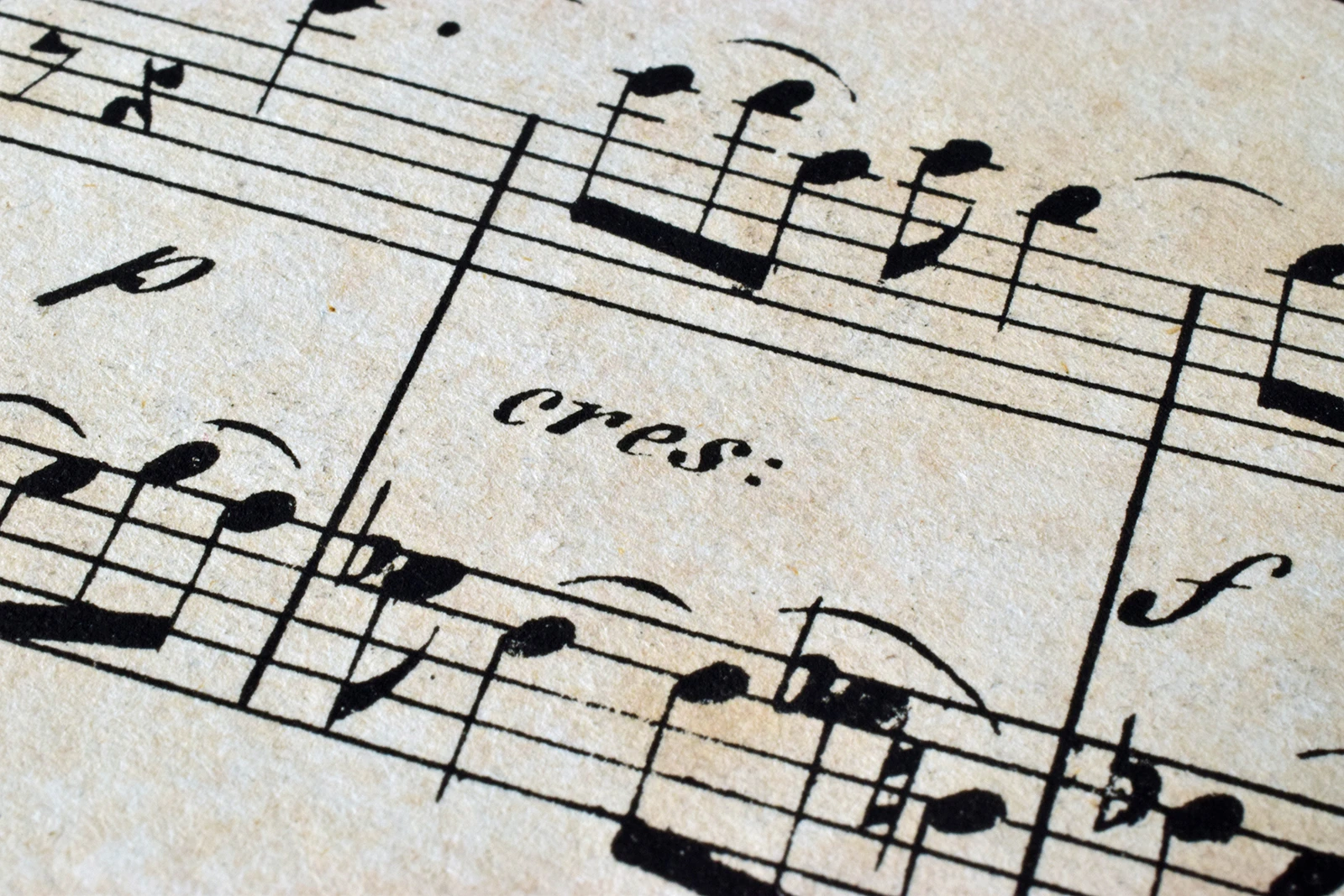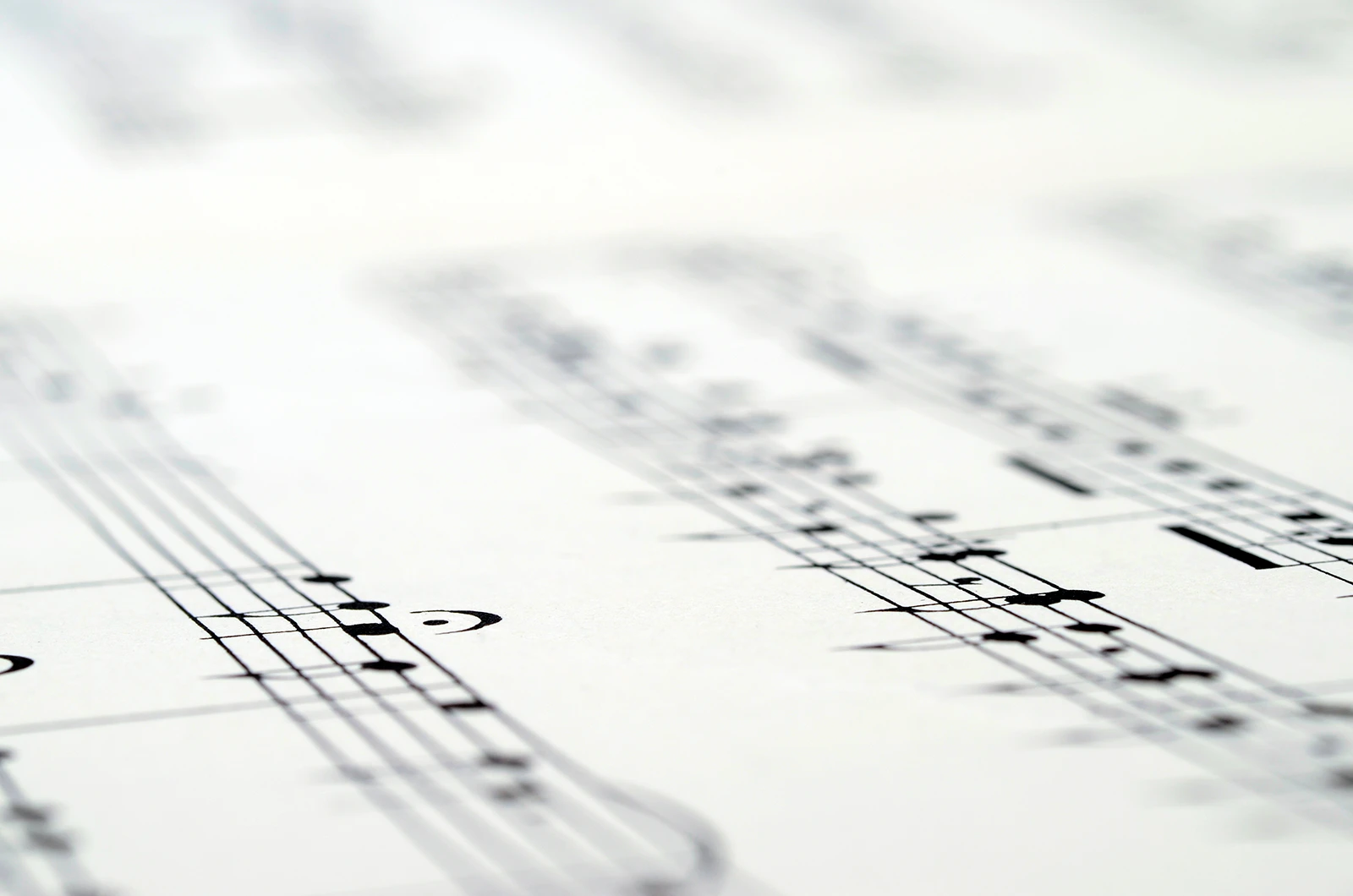A little over a year from now we will be celebrating the 100th birthday of one of the most important voices in the development of the band repertoire – Clifton Williams. From his beginnings as a high school composer and arranger in Arkansas, to his academic and compositional career at the University of Texas and University of Miami, Clifton Williams made significant and lasting contributions to the school band movement that continue on to this day. Bands all over the world continue to perform not only his music, but the music of many of his students as well.
Before we get too deep into this article, a brief confession: I adore Clifton Williams’ music and perform it whenever I have the chance! In fact, I have had friends and colleagues contact me over email saying, “I figured it was you that was coming in to work with the band – Clifton Williams was in the folder.” Guilty as charged! I’ll try my best not to let my bias show too much for this icon of the American band movement, but I do hope that you might consider investigating one of his works for one of your future performances. Many of the classic compositions written for band during the middle of the 20th century are starting to disappear – it is only through programming these classic works that we can preserve the history of our repertoire.
Brief Biography
James Clifton Williams was born on March 23, 1923, in Traskwood, Arkansas. He attended the public schools in Little Rock, Arkansas, and played horn, mellophone, and piano in the band. His experiments with composition began in high school, eventually completing a composition played at his graduation commencement ceremony. He attended Louisiana Tech University before his military service, eventually completing his BM in composition in 1947. During World War II, Williams as a member of the US Army Air Corps serving as a pianist and bandsman. Following his undergraduate degree, he attended the Eastman School of Music, earning his MM in Composition in 1949. In addition to his contributions as a composer, Williams served as a hornist and guest conductor with the symphonies of San Antonio, New Orleans, and Austin. He began his academic career as Professor of Composition at the University of Texas, and then moved to the University of Miami where he served until his death in 1976. Amongst his many awards include the ABA/Ostwald Award for Fanfare and Allegro (1956) and Symphonic Suite (1957), as well as memberships in the American Bandmasters Association and an honorary doctoral degree from the National Conservatory of Peru.
Teachers
One of the activities that I find most informative when learning and absorbing a composer’s compositional language is tracing their “family tree” with regards to their teachers, and to any students that they themselves taught during their career. In many cases, one can trace the lineage of a composer back literally hundreds of years. As an example, Clifton Williams’ teacher at Louisiana Tech, Helen Gunderson, can trace her composer lineage back to Camille Saint-Saens and Gabriel Faure’! If this sounds like a rabbit hole that you would like to investigate, I highly recommend academictree.org, which provides detailed family trees for hundreds of composers.
Helen Gunderson (1909-1997)
Helen Gunderson began her academic career at Louisiana Tech, and then later joined the faculty at Louisiana State University. Her teachers include Tobias Matthay at the Royal Academy of Music in London, and perhaps the greatest compositional mentor of the 20th century, Nadia Boulanger. Amongst her accomplishments are the founding of the Festival of Contemporary Music in 1945, which is one of the longest-running contemporary music festivals of its kind. Two of her most famous students are H. Owen Reed (1910-2014) and Jere Hutcheson (b. 1938). Both of these composers had distinguished careers at Michigan State University, making significant contributions to the concert band medium including Caricatures (Hutcheson) and La Fiesta Mexicana (Reed).
Howard Hanson (1896-1981)
In addition to his prodigious skill as a composer and teacher, Howard Hanson is revered for his work as President of the Eastman School of Music, helping to establish that institution as one of the most elite music schools in the world. Prior to joining the faculty at Eastman, Hanson studied with Percy Goetschius at the Juilliard School, Peter C. Lutkin at Northwestern University, and Arne Oldberg, also at Northwestern University. In addition to his successful career as a composer and administrator (including the Pulitzer Prize for Music), he recorded numerous works by significant American composers with the Eastman-Rochester Orchestra. Works by Charles Ives, Wayne Barlow, Charles Griffes, Alan Hovannes, Burrill Phillips, Walter Piston, Bernard Rogers, Roger Sessions, Ron Nelson, and William Grant Still found a much wider audience during Hanson’s career at the Eastman School. A partial list of Hanson’s students literally reads like a “who’s who” of American composers, such as Dominick Argento, William Bergsma, Ulysses Kay, Kent Kennan, Peter Mennin, and W. Francis McBeth.
Bernard Rogers (1893-1968)
It is the opinion of this writer that this gentleman’s contributions to American music have been overlooked. Before serving as the Chair of the Composition Department at the Eastman School of Music (where Howard Hanson was his colleague), he studied with three teachers of international stature: Nadia Boulanger, Frank Bridge (London), and Ernest Bloch (UC Berkley). Even though Rogers wrote sparingly for the concert band (three works in total), he mentored several composers that made monumental contributions to the band repertoire, including Ron Nelson, H. Owen Reed, Robert Ward, David Diamond, Walter Hartley, Frank Bencriscutto, and Martin Mailman.
Historical Perspective (1940 – 1975)
If there was ever a “golden age” of band composition, one could make a strong case for this thirty-five year time span. I believe that Clifton Williams was very influenced by this rapid expansion of the band repertoire when he completed his graduate studies at the Eastman School in 1949. Consider these cornerstones of the repertoire written during this period:
Divertimento for Band – Vincent Persichetti
Symphony for Band – Morton Gould
Liturgical Music for Band – Martin Mailman
Scenes from “The Louvre” – Norman Dello Joio
Chester / When Jesus Wept – William Schuman
Emblems – Aaron Copland
Sinfonietta – Ingolf Dahl
Chorale and Alleluia – Howard Hanson
Three Japanese Dances – Benard Rogers
Music for 23 Winds – Walter Hartley
La Fiesta Mexicana – H. Owen Reed
Music for Prague – Karel Husa
Symphony in B-flat – Paul Hindemith
The Passing Bell – Warren Benson
Symphony No. 3 – Vittorio Giannini
Tunbridge Fair – Walter Piston
Suite Francaise – Darius Milhaud
The Genius, Craft, and Contributions to the Repertoire
Why do I find Clifton Williams’ music so compelling? When I first began to tackle this question, I found it a bit challenging if for no other reason that his music seems to resonate with me (pun intended) at a deep personal level. I can’t explain it. I’m sure many of you have had this same reaction to music that either drew you your current career as a music educator, or that you had a teacher that revealed the genius of a composer that enabled you to have a memorable aesthetic experience.
All of that being said, I decided to let my left brain take over, and the following is why I believe every student should have the chance to play CW’s music:
- He was completely American-trained as opposed to many of his contemporaries, which in part assisted him in finding his own compositional voice early in his career.
- The vast majority of his compositional output was geared toward the school band movement, as opposed to many of his contemporaries, such as Roger Sessions, Roy Harris, Benjamin Britten, and Samuel Barber (but thankfully we did a great march from him).
- His experiences as a high school musician, professional horn player, military musician, and encouragement from his major teachers to write for band made him uniquely qualified to make significant contributions as a composer and educator. He was aware of the expressive power of the concert band and considered a serious artistic medium.
- He left a rich legacy as a teacher through many of his students, including John Barnes Chance, W. Francis McBeth, Robert Sheldon, and Gordon Richard Goodwin.
- CW had a thorough knowledge of how to orchestrate for band, which was perhaps influenced by Howard Hanson (ex. – Chorale and Alleluia).
- CW’s programmatic music is incredibly effective at relaying a musical story (ex. Symphonic Dance #3 and #4).
- There are many moments of tenderness in his music that are simply exquisite (ex. Caccia and Chorale and Symphonic Suite).
- Daring use of harmonic shifts (ex. The Ramparts).
- The music and the man were intimately connected. Towards the end of his life when he was battling a serious illness, many of the compositions that he was working on reveal this battle between life and death (ex. Dramatic Variations, Caccia and Chorale, and Pandean Fable).
What follows is a complete list of the band works of Clifton Williams. It is my hope that this article will present some new works to you that you may have not performed, as well as draw attention to one of the most important composers in the wind band medium.
Marches
Academic Processional (1960)
Air Force Band of the West March (1965)
Castle Gap (1964)
The Patriots (1970) – Out of Print
Killian March (1968) – Out of Print
Laredo – Paso Doble March (1964)
Future Music Leaders of America March (1974)
Henderson Festival (1967) – Out of Print
Overtures
Dedicatory Overture (1964)
Fanfare and Allegro (1956) – ABA/Ostwald Award
Festival (1962)
The Hermitage (1976)
Regal Procession (1957)
Border Festival (1966)
Easier Works
Arioso (1958)
Variation Overture (1962) / Also available for Flex Band Instrumentation
March Lamar (1966) – Out of Print
Strategic Air Command March (1964)
Songs of Heritage (1976/1999)
Trilogy for Band (1964)
Hill Country Ballad (1956) – Out of Print
Solo / Soli Works
Concertino for Percussion and Band (1960)
Pandean Fable for Bass Flute and Band (1970)
-also scored for Tenor Sax solo, or English Horn/Alto Flute duo
Dramatic Essay for Trumpet and Band (1958)
Classics
Caccia and Chorale (1976)
Pastorale (1957)
A Solemn Fugue (1958/1997)
Symphonic Dance #2 “The Maskers” (1964/1968)
Symphonic Dance #3 “Fiesta” (1964/1967)
Symphonic Suite (1956) – ABA/Ostwald Award
Works with Optional Choir
The Sinfonians: Symphonic March (1960)
The Ramparts: Concert Overture (1967)
Posthumously Published Compositions – Maestro and Fox Publications
Ballade (1959) Grade 4
Caprice Americana (1944)
Symphonic Dance #1 “Comanche Ritual” (scored by W. Francis McBeth) Grade 4
Symphonic Dance #4 “Square Dance” (scored by Tom Stone) Grade 4
Symphonic Dance #5 “New Generation” (1965) Grade 6
Dramatic Variations (1975) Grade 4
Hall of Fame March (1939) Grade 4
The Hero March (1940) Grade 4
Louisiana Tech Band’s March (1942) Grade 4
Postwar Prelude (1943) Grade 4
Roll of Honor March (1938) Grade 4
Show Tune (1944) Grade 4
Symphonic Essays (1963) Grade 4
Sonata Allegro (1949) Grade 5
Unpublished Works
Band of the Hour (1968)
Lyric Psalm (1957)
Tribute to Barney Chance (1973)
Toccata (1953)
Texas Bands (1969)

